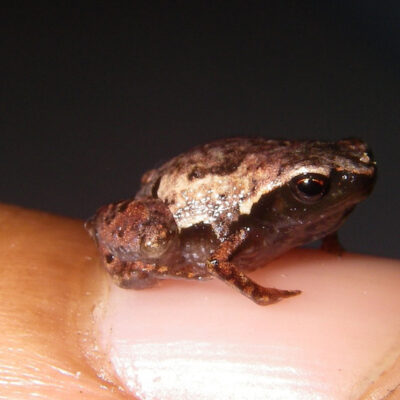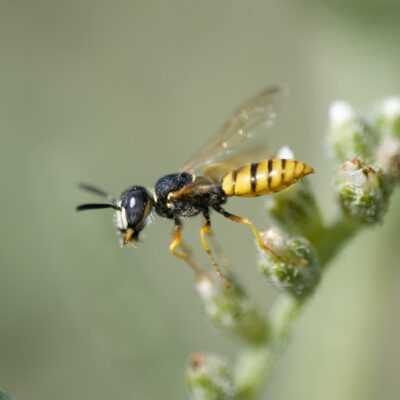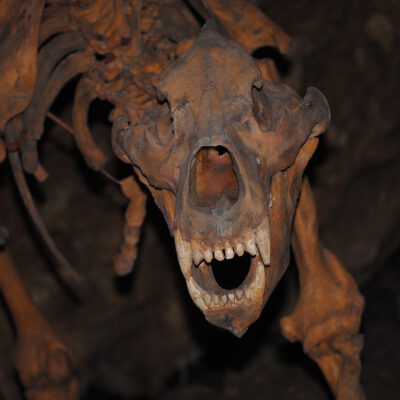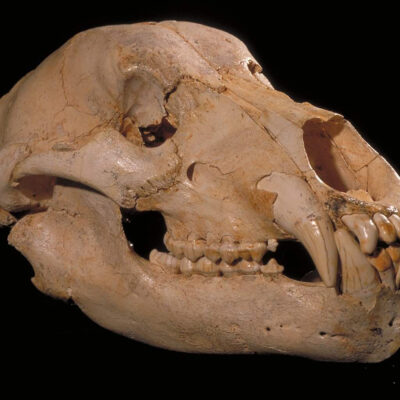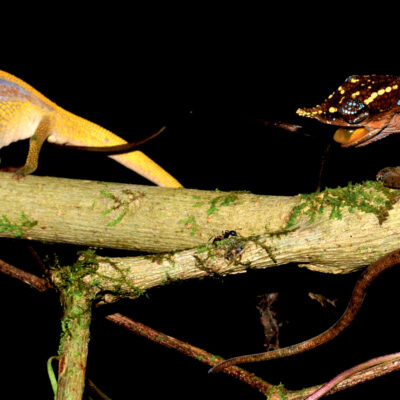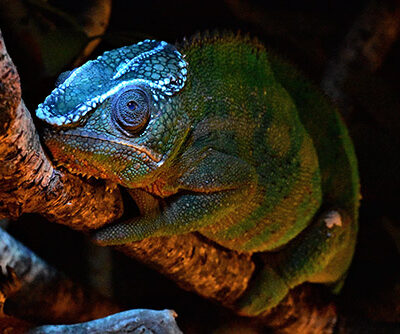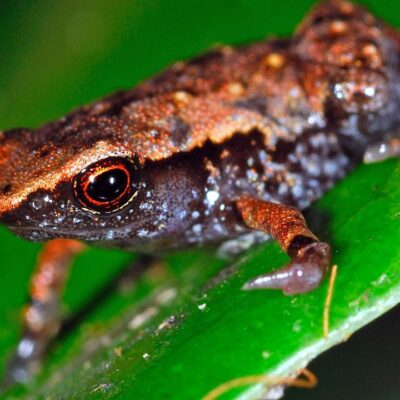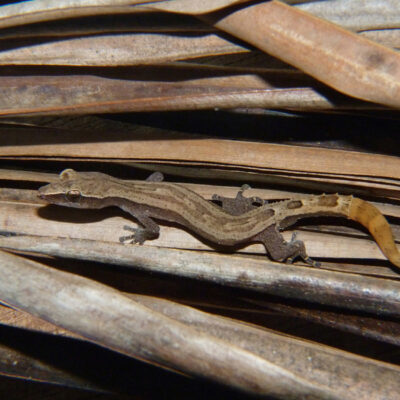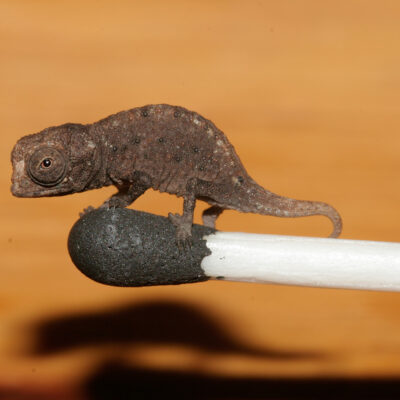Five Tiny New Frogs Discovered in Madagascar
28. March 2019 | Insights
DNA Library of Apoid Wasps Published
14. January 2019 | Insights
New Insights into the Diet of the Extinct Cave Bears
17. December 2018 | Insights
Extinct Vegetarian Cave Bear Diet Mystery Examined
26. July 2018 | Insights
All the Colours of the Rainbow
10. April 2018 | Insights
Luminescent Lizards – Bone-Based Fluorescence in Chameleons
15. January 2018 | Insights
26 New Dwarf Frogs from Madagascar
26. October 2017 | Insights
Molecular Clock: Age of Volcanic Island Is Redefined Using Geckos
19. November 2016 | Insights
Rivaling the World’s Smallest Reptiles: New Tiny Chameleons Discovered in Madagascar
15. February 2012 | Insights


